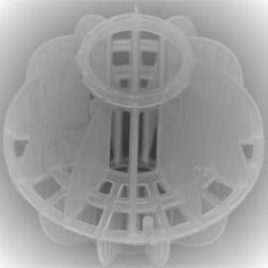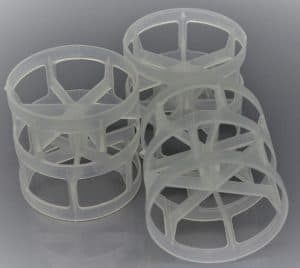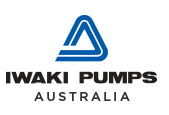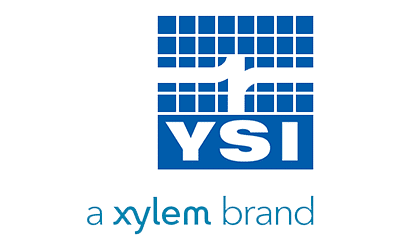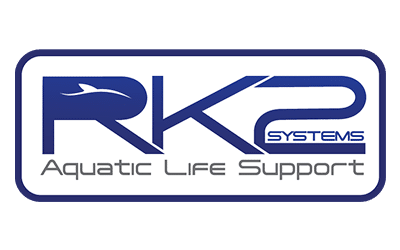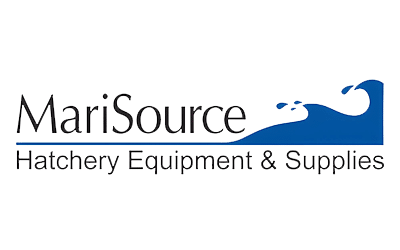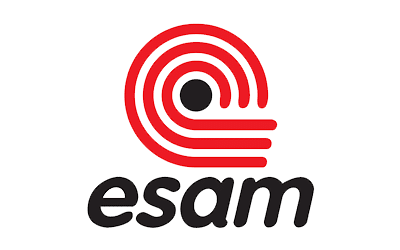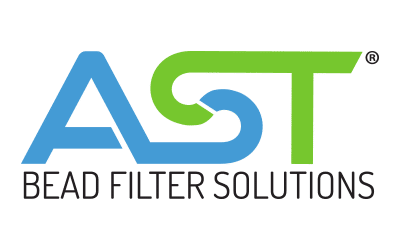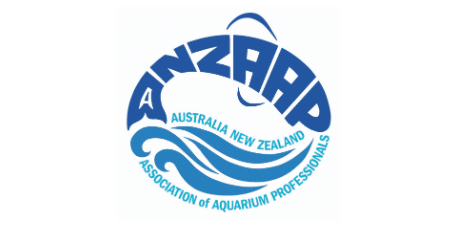MBBR Media
The design of MBBR Biofilter media elements is only one part of the story in an MBBR filter, or any biofilter for that matter. Other factors such as dwell time, hydraulic loading rate, air and water distribution, media velocity and oxygen transfer all determine overall effectiveness and removal rate of nitrogeous waste. There is a lot more involved in designing any biofilter than just throwing in media and aerating it, and this especially true of an MBBR. Pure Aquatics have identified specific removal rates for our media the K+ and HEL-X FLAKE, and have optimised its performance through identifying design parameters in biofilter design. Although surface area plays a role in removal rates in MBBR’s, it isn’t all that is involved.
Please do not hesitate to contact us with your MBBR or other biofilter requirements.
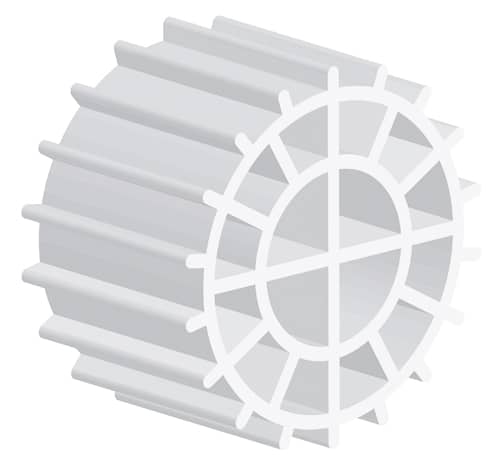
K+ ADVANCED FLOATING FILTER MEDIA
Plastic media, for use in biological Pond filters – specifically in moving bed bio reactors, was pioneered by Evolution Aqua, some 20 years ago. In recent years, other plastic media have come onto the market, usually with the aim of trying to get more and more surface area. However, one drawback to using plastic media has always been the time it takes to establish a stable biofilm – essential for good filtration.
After many years of research, Evolution Aqua have now developed a new media that not only gives class leading surface area, but also overcomes the problem of long maturation times.
ADVANCED FILTER MEDIA
K+Media is designed and manufactured in the UK by Evolution Aqua. This advanced media, with its innovative design, and class leading surface area provides enhanced biological and mechanical filtration. As Evolution Aqua extrude the K+Media, Minerals and Enzymes are added to the raw material. The result of this process, unique to Evolution Aqua, is a filtration media that not only outperforms most of its competitors due to its large protected surface area, but also answers the problem of how to speed up the time taken to mature your filter.
ALL THE BENEFITS OF K1… PLUS:
- Class leading total surface area 1350m2 per m3
- Vast protected surface area 1025 m2 per m3
- Filters mature faster with k+media
- Minerals, magnesium, calcium, salt and enzymes incorporated into each piece
- During extrusion process
- Design and structure of k+media allows a stable bio-film to form
- Microscopic organisms such as rotifers and vorticella spp. Thrive in “quiet zones”
- Exceptional solids removal thanks to efficient design
- Reduced energy consumption, less back pressure on pumps
- Available as floating version in 50 litre bags through to 2.5m3 bulk bags
To boost your MBBR’s performance, why not also consider the addition of HEL-X FLAKE?
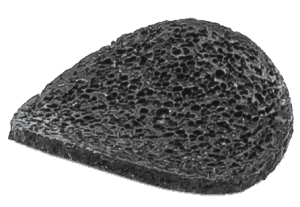
HEL-X FLAKE
NOW IN 30MM AND HIGHER SURFACE AREA!!
SURFACE AREA 5,500M2/M3
SIZE 30MM X 1MM
Hel-X medias are a powerhouse in MBBR carrier design, from conventional style carrier elements to trickle filter media and the incredibly high surface area FLAKE, there is a media for every application.
The HEL-X FLAKE boasts a improved surface area of over 5,500m2/m3, with higher TAN removal than ever before.
The HEL-X company was the first company to develop this type of media carrier, and has invested significant time and resources into research of their flake product, resulting in a cost effective but equally impressive removal performance compared to other high surface area biomedia types.
Pore size, circulation, biofilter design and overall substrate concentration and diffusion across the biofilms determine the removal rates in the system, and this goes hand in hand with surface area. The volume of surface area and pore distribution within and one the carrier element is only one part of the equation, too much porosity, size of pores and not enough cleaning of the media can negatively impact waste removal in some cases.
HEL-X FLAKE can be used solely in a biofilter, or, as we prefer to use the media, as a mix in certain ratios to boost biofilter removals and result in lower effluent concentrations.
As most MBBR’s in Aquaculture are only filled to 50% void volume, HEL-X FLAKE can be deployed to fill the further 10% of the reactor volume (totaling 60%) to boost biofilter TAN removal.
HEL-X FLAKE is available in either a black re-granulate (recycled) product, or a virgin (white) HDPE.
Pure Aquatics represent HEL-X in Australia and New Zealand and distribute on demand other carrier element types from HEL-X should you have a specific requirement.







